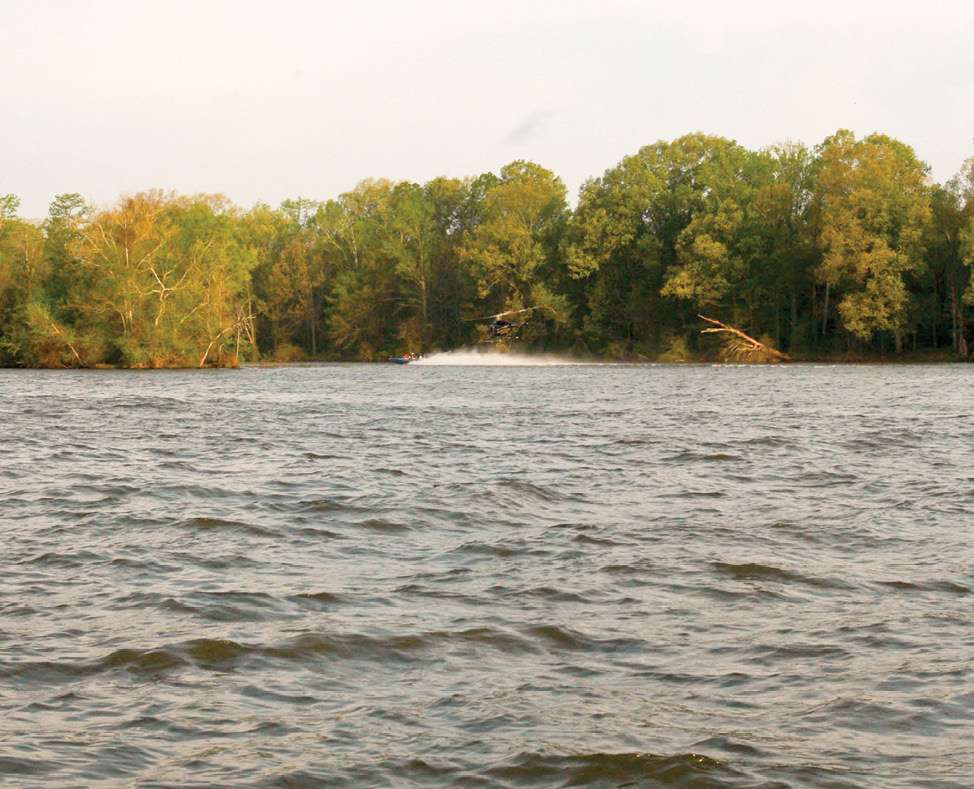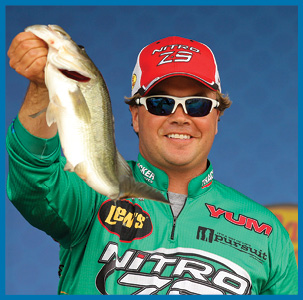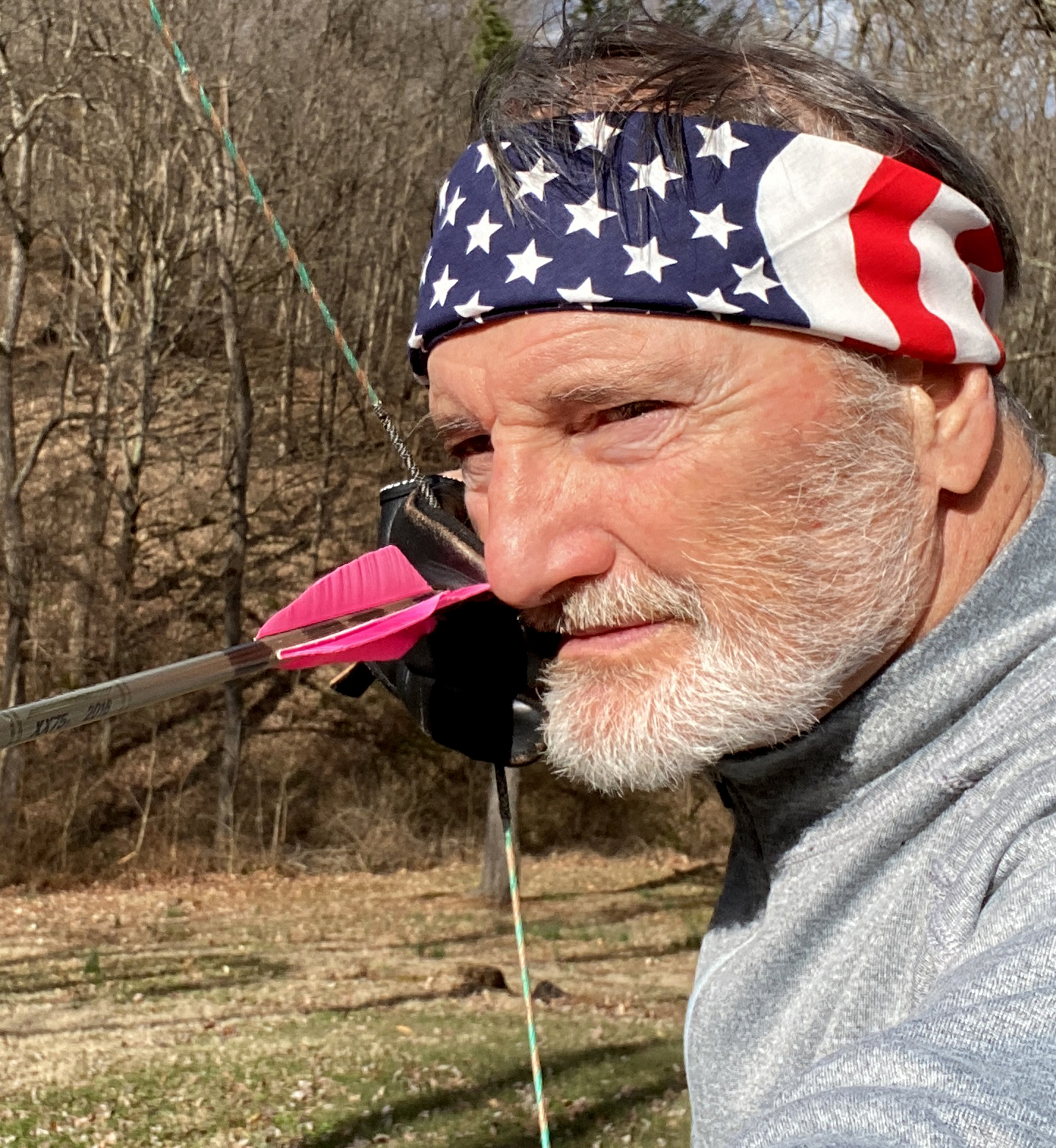
Pickwick Lake in northwest Alabama belies the notion that all good things must come to an end. Completed in 1938, the bass fishing in this storied 47,500-acre Tennessee River reservoir is better than ever.
Bassmaster Elite Series tournament angler Timmy Horton was a fishing guide at Pickwick before he became one of the top bass pros in the country. He still fishes Pickwick often and is astounded by what the lake is producing.
“Last spring you had to have 30 pounds to have a shot at winning any bass tournament here,” Horton says. “A 20-pound limit no longer gives you bragging rights at Pickwick.”
Electrofishing by the Alabama Department of Conservation and Natural Resources found that Pickwick’s largemouth bass were fatter than bass from other Alabama reservoirs in 2008. That was a harbinger of better things to come.
The Alabama Bass Anglers Information Team (BAIT), which has been gathering information on Alabama’s bass populations for 26 years, reported this:
“The lake that has shown the most improvement in recent years is unquestionably Pickwick, which has shown drastic improvements since 2006. This reservoir had the highest percent success (97 percent) and accounted for nearly 50 percent of all bass over 5 pounds caught in Alabama during 2011. Of all bass over 8 pounds caught in Alabama during 2011, 86 percent of them came from Pickwick.”
Stay put for a few minutes before you bolt out the door on the way to Pickwick. Horton has some sound advice on how to catch the lake’s heavyweight largemouth and smallmouth bass in autumn.
 “If there’s a lot of current, the largemouth will be feeding up on the main river,” Horton says. “If the current is slack, they’ll be in the backs of the creeks.”
“If there’s a lot of current, the largemouth will be feeding up on the main river,” Horton says. “If the current is slack, they’ll be in the backs of the creeks.”
A shallow-running Bomber 4A crankbait scores big for Horton when he’s in the creeks. Should he see any surface feeding action, he picks off the bass with a Heddon Zara Spook.
Horton keeps the Spook tied on when the bass are feeding on the main lake. He also dotes on the Chug’n Spook, which throws more water.
“The last few years, there’s been a lot of hydrilla at Pickwick,” Horton says. “That has kept the largemouth on the main river, more so than in years past.”
 For hydrilla bass, concentrate on the stretch from Kogers Island to Pickwick Dam, recommends Horton. Look for schools of bass breaking the surface along the deep edge of the grass. This happens throughout the day in autumn, Horton points out. When you find a spot where the bass are breaking, sit tight and wait for them after they sound. They’ll be back.
For hydrilla bass, concentrate on the stretch from Kogers Island to Pickwick Dam, recommends Horton. Look for schools of bass breaking the surface along the deep edge of the grass. This happens throughout the day in autumn, Horton points out. When you find a spot where the bass are breaking, sit tight and wait for them after they sound. They’ll be back.
Horton fires long casts to schooling bass with his signature 7-foot, 3-inch Duckett rod, 16-pound Sunline Super Natural Monofilament and a Lew’s Team Speedspool baitcasting reel. Also on his bass boat’s deck is a flippin’ rod rigged with 60-pound braided line fixed to a Texas rigged 3.75-inch Yum F2 Craw Papi with a 1-ounce tungsten weight.
The heavy Craw Papi is Horton’s “punch bait.” He pitches it on top of the matted hydrilla and lets it punch through the canopy to reach bass in the open water beneath it.
Another option is cranking ledges with No. 7 and No. 8 Bomber Fat Free Shad crankbaits, Horton adds. He fares well cranking ledges 14 to 25 feet deep from the Natchez Trace Bridge to State Line Island.
Pickwick has long been known for producing trophy smallmouth bass from the tailwaters of the Wilson Dam. The action picks up here in October and continues through November.
Six hydroelectric generating units flush water over rocky shoals below the dam, creating the current and cool water that is superb smallmouth bass habitat. The brown bass grow fat on threadfin shad. Pickwick has produced several line-class records for smallmouth bass certified by the International Game Fish Association.
“The Yumbrella Flash Mob is the only thing I throw in the tailwaters,” Horton says. “I rig its jigs with 4-inch Yum Muy Grande grubs, three pearl and two watermelon.”
Wielding a flippin’ rod and 50-pound braided line, Horton slings the Yumbrella Flash Mob upstream across current seams below the dam. He reels in steadily as the current sweeps the umbrella rig downstream. The strikes are vicious.
Horton claims that the smallmouth average 3 to 4 pounds and that 5- and 6-pounders are commonplace. Largemouth bass and hybrid stripers also pounce on the Yumbrella rig with abandon in the tailwaters.
TAILWATER SAFETY
The swift water below Wilson Dam and the rocky shoals in this tailwater present a serious hazard. Go to this site to learn how to avoid danger and keep your fishing fun and successful: www.tva.com/river/hazwater/index.htm.
PICKWICK ONLINE
Keep up with the bass fishing at Pickwick Lake by logging on to www.fishpickwicklake.com. This site features a monthly report on Pickwick Lake by Timmy Horton.
GO HERE FIRST
Before you visit Pickwick Lake or any Alabama reservoir, visit www.alabamabasstrail.org. Here you’ll find detailed information about nine lakes and two major river systems, including fishing locations, productive fishing patterns, local guides, campgrounds and where to stay.
Also contact Colbert County Tourism at www.colbertcountytourism.org, and the city of Florence at www.visitflorenceal.com.





